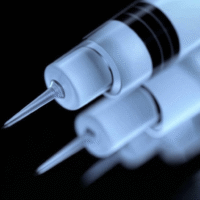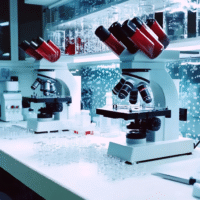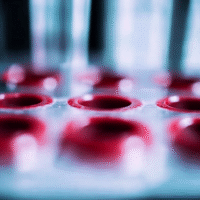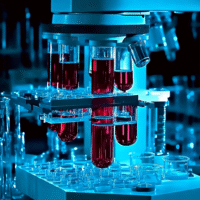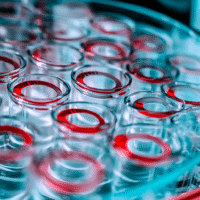Understanding the Study on Lactobacillus reuteri and Racecadotril
This study looked at how well combining two treatments, Lactobacillus reuteri and racecadotril, works for children with rotavirus enteritis, a common intestinal infection. Here’s what the results mean for patients and clinics.
What Worked?
- The combination of Lactobacillus reuteri and racecadotril showed better results than racecadotril alone.
- Children who received both treatments had higher recovery rates from the virus at 3, 5, and 7 days after starting treatment.
- Improvements were seen in the health of the intestinal lining and immune function.
What Didn’t Work?
- The study did not evaluate long-term effects beyond 7 days.
- It did not compare these treatments to other possible options.
How Does This Help Patients and Clinics?
For patients, this means a potentially better treatment option for a common illness. For clinics, using this combination could lead to quicker recoveries and improved health outcomes for children.
Real-World Opportunities
- Hospitals can start offering the combination treatment for children with rotavirus enteritis.
- Doctors can educate parents about the benefits of this treatment.
Measurable Outcomes to Track
- Recovery rates of children after 3, 5, and 7 days of treatment.
- Improvements in intestinal health and immune function.
- Changes in the levels of good and bad bacteria in the gut.
AI Tools to Consider
Clinics can explore AI tools that help track patient recovery and health data efficiently, allowing for better management of treatment outcomes.
Step-by-Step Plan for Clinics
- Start by training staff on the new treatment combination.
- Introduce the treatment to a small group of pediatric patients.
- Monitor recovery rates and health improvements closely.
- Gradually expand the use of this treatment based on positive outcomes.
For more detailed information, you can view the full research study here.















